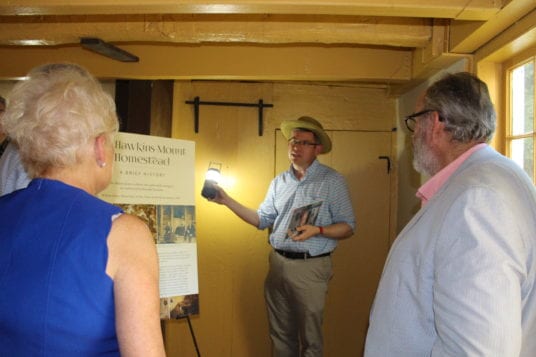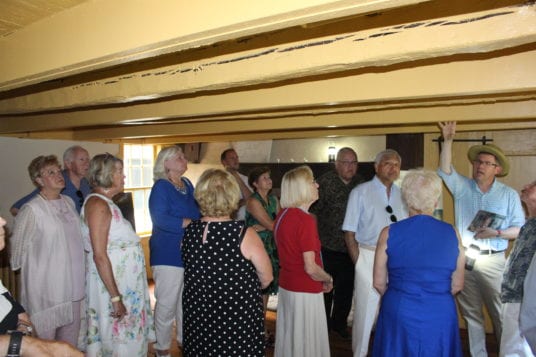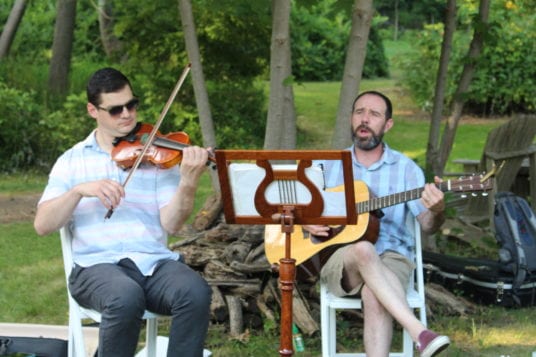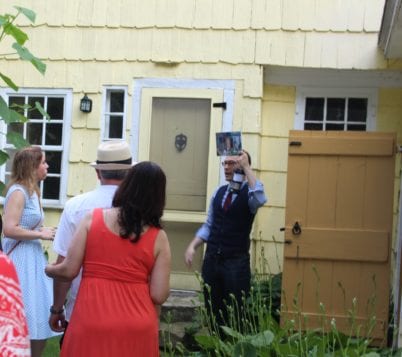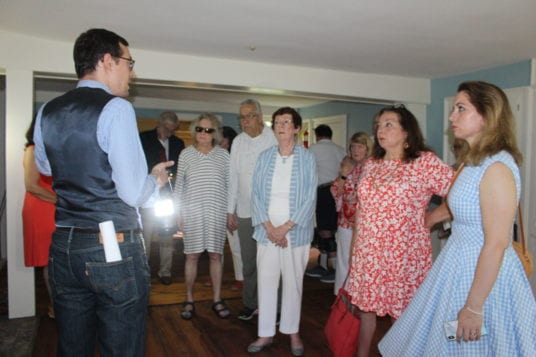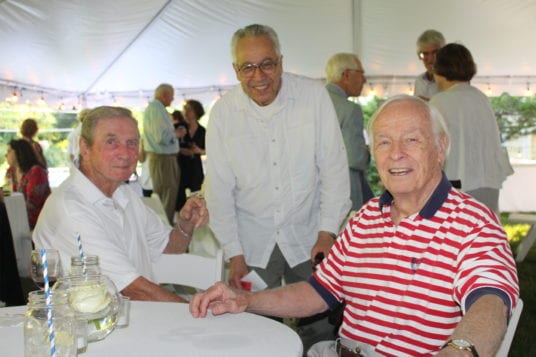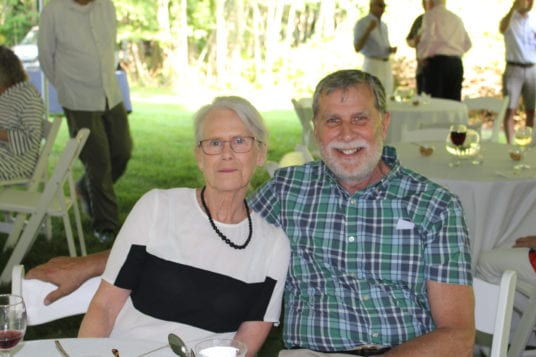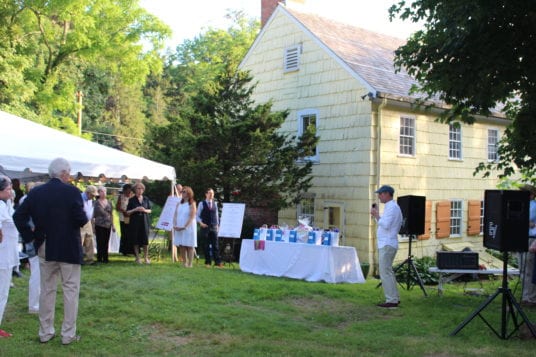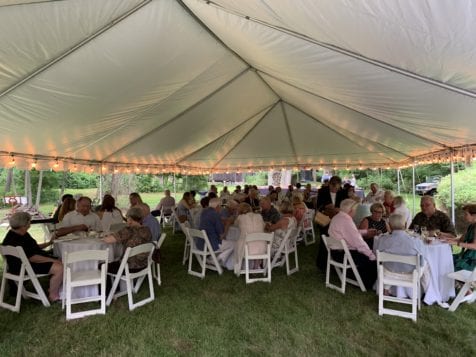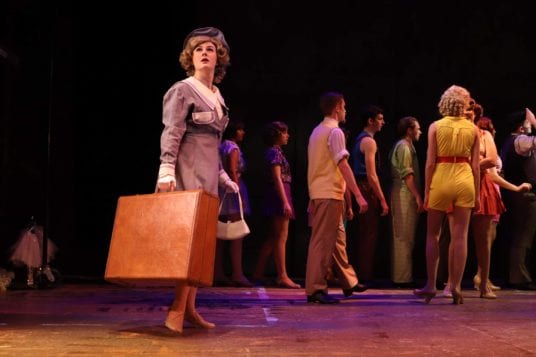By Barbara Beltrami
A recent trip to my beloved Tuscan countryside compels me to share with you some thoughts about its rustic fare that emanates mostly from peasant farm people who for hundreds of years have eked every last bit from those rolling patch-worked hills and the olives trees, grapevines, vegetables and animals they raised on them. Hence, that area is well known and loved for its simple fare of olive oil, wine, tomatoes, beans and cured meats. Not so much actual recipes as frugal combinations of basic staples, Tuscan food is as earthy as its cypress-dotted green and ocher landscape crowned by ancient hilltop towns and tile-roofed stone farmhouses.
Chicken Liver Crostini
YIELD: Makes 12 to 16 servings
INGREDIENTS:
¼ cup olive oil
2 tablespoons unsalted butter
½ cup chopped fresh mushrooms
½ cup chopped onion
1 pound chicken livers
¼ cup dry red wine
1 tablespoon capers, rinsed and drained
1 tablespoon chopped anchovies
½ cup chopped fresh Italian parsley
1 bay leaf
Salt and freshly ground black pepper to taste
12 to 16 slices toasted rustic Italian bread
½ cup extra virgin olive oil
DIRECTIONS:
In a large skillet, heat ¼ cup olive oil and butter over medium heat. Add mushrooms, onions and chicken livers and cook, stirring frequently, until onions are transparent and livers are brown outside and pale pink inside, about 3 to 5 minutes. Add wine, capers, anchovies, parsley and bay leaf. Continue to cook until liquid is mostly evaporated. Remove and discard bay leaf; add salt and pepper. With a fork or back or a cooking spoon, mash livers or, if desired, place in bowl of food processor and pulse a few times. Drizzle bread with extra virgin olive oil and spread chicken liver mixture on top. Serve warm or at room temperature with a chilled young wine.
Bread and Tomato Soup
YIELD: Makes 6 servings.
INGREDIENTS:
¼ cup olive oil
1 large onion, diced
5 pounds ripe tomatoes, diced with their juice
4 garlic cloves, coarsely chopped
¼–½ teaspoon crushed red pepper flakes
Coarse salt to taste
½ pound stale rustic bread cut into 1-inch cubes
1 cup chopped fresh basil leaves
½ cup chopped fresh Italian parsley
½ cup extra virgin olive oil
DIRECTIONS:
In a large saucepan, heat ¼ cup oil over medium heat. Add onion and sauté until opaque, about 3 to 5 minutes. Add tomatoes with their juice, garlic, crushed red pepper and salt. Cook, partially covered, over medium heat until mixture is somewhat thickened, about 30 minutes. Stir in bread, basil and parsley; let sit until bread is softened, then mash it into mixture. Stir in extra virgin olive oil and serve hot, warm or at room temperature with a crisp dry white wine.
Tuscan Bean Salad
YIELD: Makes 6 to 8 servings
INGREDIENTS:
Two 14-ounce cans cannellini beans, rinsed and drained
1 celery rib, washed, trimmed and thinly sliced
2/3 cup finely chopped red onion
½ cup chopped oil-cured black olives
½ cup chopped fresh Italian parsley
1 tablespoon minced fresh rosemary leaves
¼ cup extra virgin olive oil
2 tablespoons red or white wine vinegar
Salt and freshly ground black pepper, to taste
DIRECTIONS:
Place beans, celery, onion, olives, parsley and rosemary in a large bowl; toss to combine. In a small bowl whisk together oil, vinegar, salt and pepper. Add to bean mixture; toss to thoroughly coat. Let sit one hour, toss again and serve at room temperature with arugula and cherry tomato salad, crusty bread and slices of prosciutto and salami.
